The Prince of Wales on turning Sandringham organic: 'Ecosystems will flourish as Nature intended and we'll always put back more than we take from the land'
Over the past three years, HRH The Prince of Wales and his team have converted Sandringham into a fully organic estate. In this week's Country Life he tells the story of why — and how — it has come to pass.
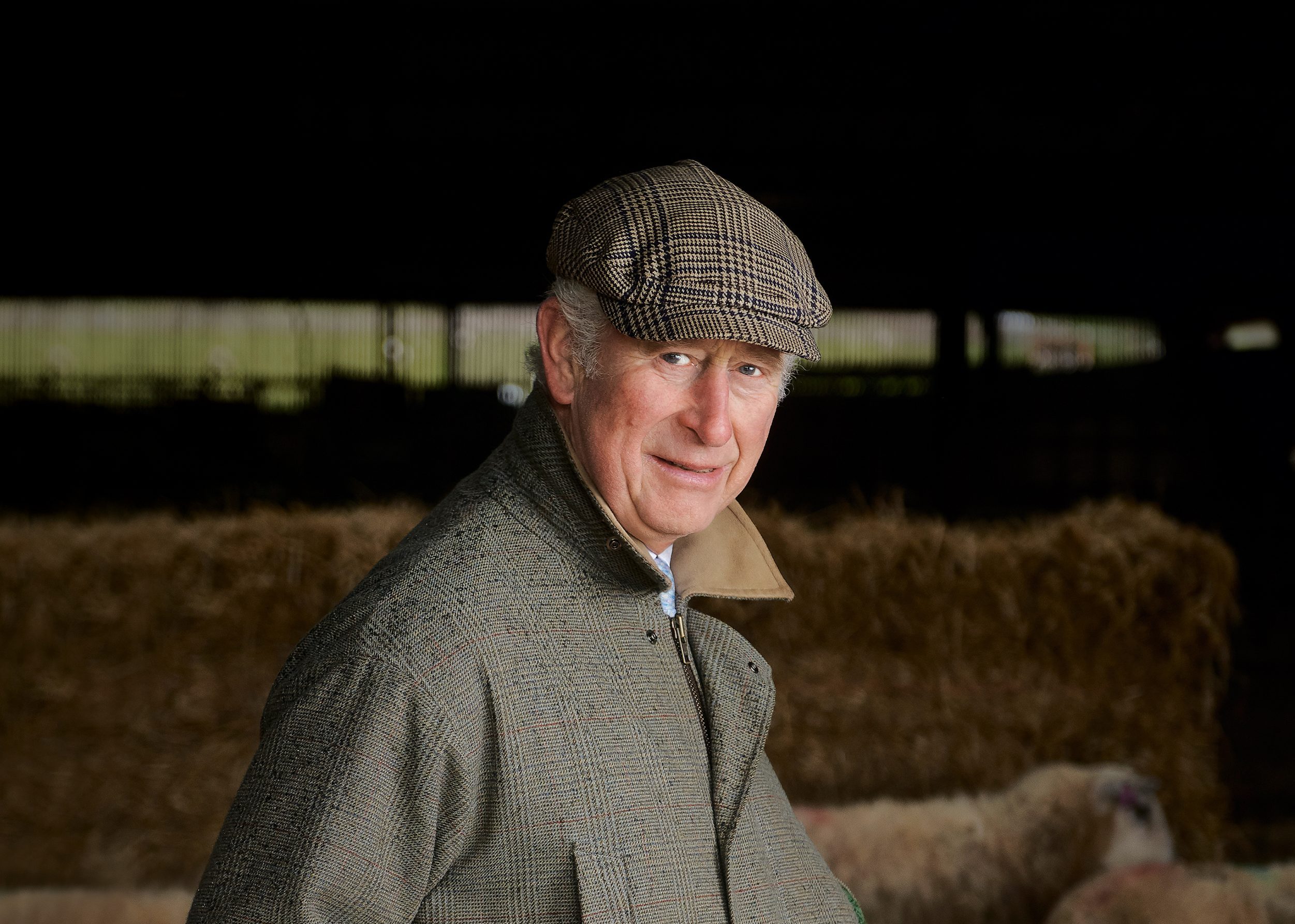

In 2017, HRH The Prince of Wales took over management of The Queen’s Norfolk estate at Sandringham. The year after, he and his team began to convert the estate into a fully organic operation.
Over the past year, Country Life has been documenting the Sandringham estate’s move to a fully organic enterprise. In the magazine this week, The Prince tells Country Life's Paula Lester why farming naturally and sustainably is so vital for the soil, wildlife and our own health.
'Since the beginning of the 1980s, when I first had responsibility for managing some land in my own right at Highgrove, I have wanted to focus on an approach to food production that avoids the impact of the predominant, conventional system of industrialised agriculture, which, it is increasingly clear to see, is having a disastrous effect on soil fertility, biodiversity and animal and human health,' says the Prince in the article.
‘It has always seemed to me somewhat logical to embrace a farming system that works with Nature and not against her.'
The Prince is confident that a more holistic approach will deliver myriad ecological and commercial benefits across the 21,000-acre estate near King’s Lynn, the much-loved country retreat of British monarchs since 1862.
'We need to ensure that the land use is not only focused on food production, but that full consideration is given to providing habitats for wildlife,' he adds.
'Across the estate, we place a value on ecological delivery. This means, in practice, the implementation of measures such as the avoidance of block cropping and the provision of trees, hedgerows, wildlife corridors, bird boxes and field margins, which involves careful planning, monitoring and mapping.’
Sign up for the Country Life Newsletter
Exquisite houses, the beauty of Nature, and how to get the most from your life, straight to your inbox.
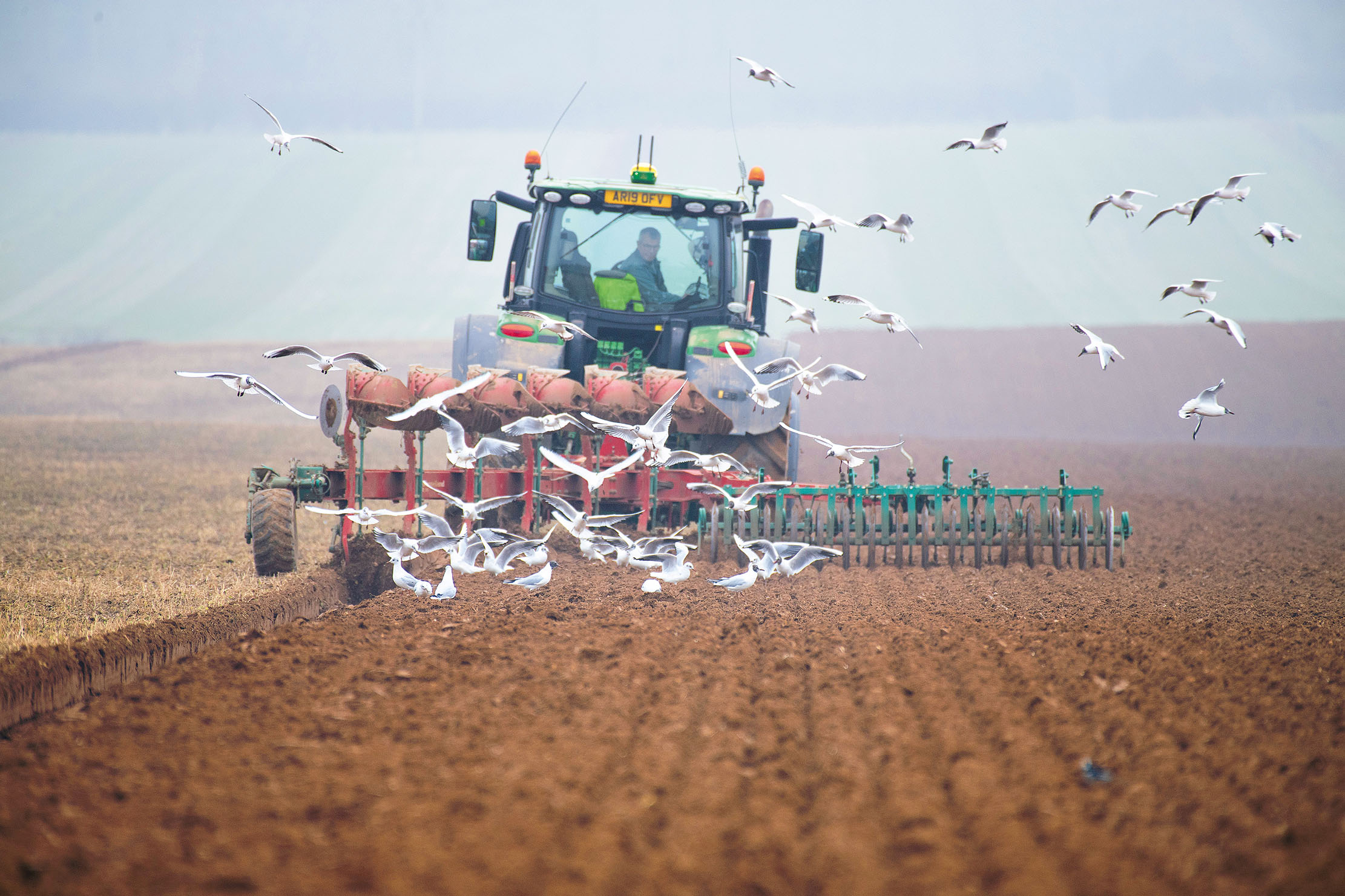
As part of the programme, a flock of 3,000 sheep have been introduced to the estate, providing natural fertiliser, as well as new trees and other crops. Some older staples of the estate have had to go — sugar beet, for example, can't be farmed organically — and changes will keep coming for many years to come.
'There is a near constant flow of ideas, which I discuss with the wonderfully knowledgeable — and long-suffering — estate team,’ The Prince says. 'This could be innovative sources of organic fertiliser, niche crops, adding value by converting farm produce into products to be sold in the estate shop, targeted habitat restoration for threatened species and carbon sequestration, as well as the new and evolving opportunities around creating a marketplace for biodiversity credits.'
You can read the full story in this week's Country Life magazine, and it's a fascinating look at making sustainable farming work. For while being kind to the land is always part of the story (The Prince talks of letting ecosystems 'flourish as Nature intended and to ensure that we always put back more than we take from the land') the commercial realities are also considered.
'Sustainable business and profitable business are one and the same,' says The Prince, concluding that farming operations in Britain are, 'going to have to be increasingly adaptable if they are going to find a way to thrive in the changing climate.'
Read the full article about the Prince of Wales turning Sandringham organic in the 19 May 2021 issue of Country Life.
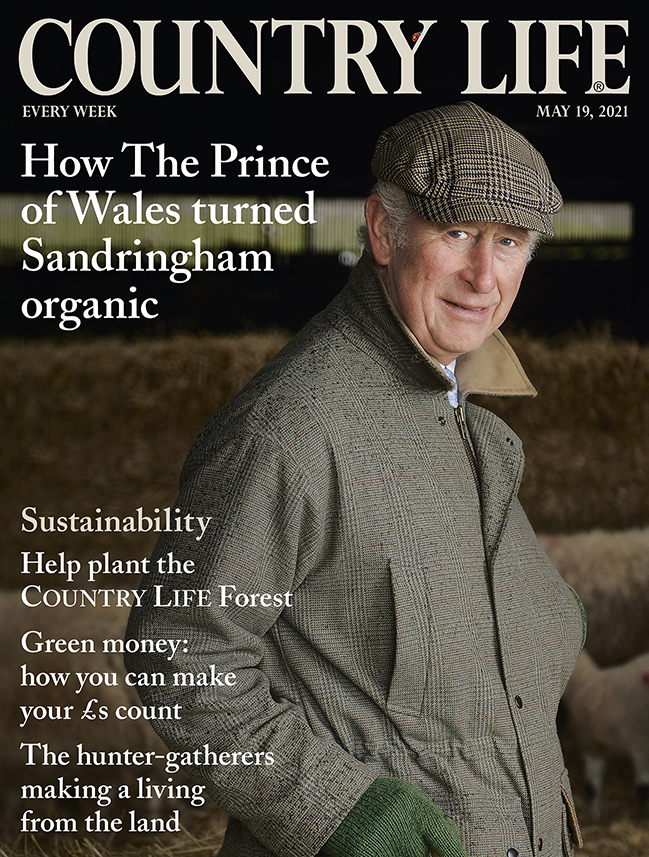
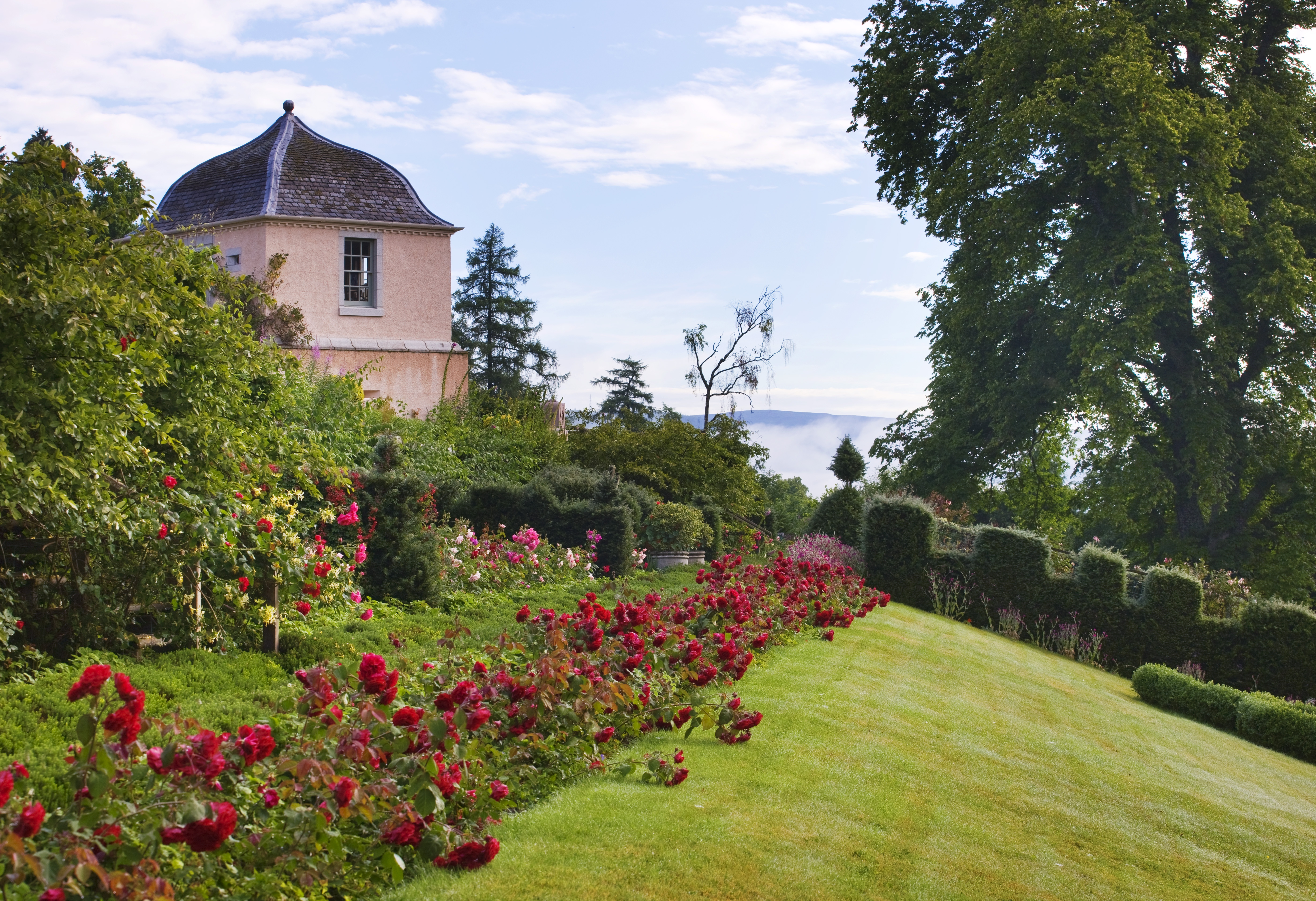
Birkhall: The home of The Prince of Wales on the Balmoral estate, Aberdeenshire
Alan Titchmarsh explores the garden of Birkhall, The Prince of Wales's Scottish home on the Balmoral estate.
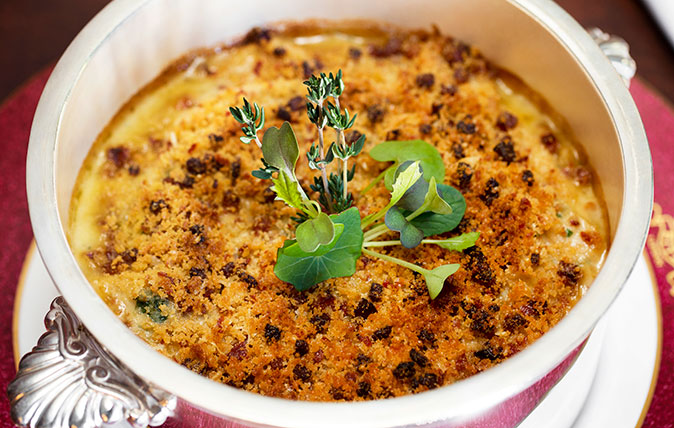
How to cook The Prince of Wales’ favourite dish: Pheasant Crumble Pie
See how to make the Prince of Wales's favourite dish, pheasant crumble pie, as demonstrated by John Williams, executive chef
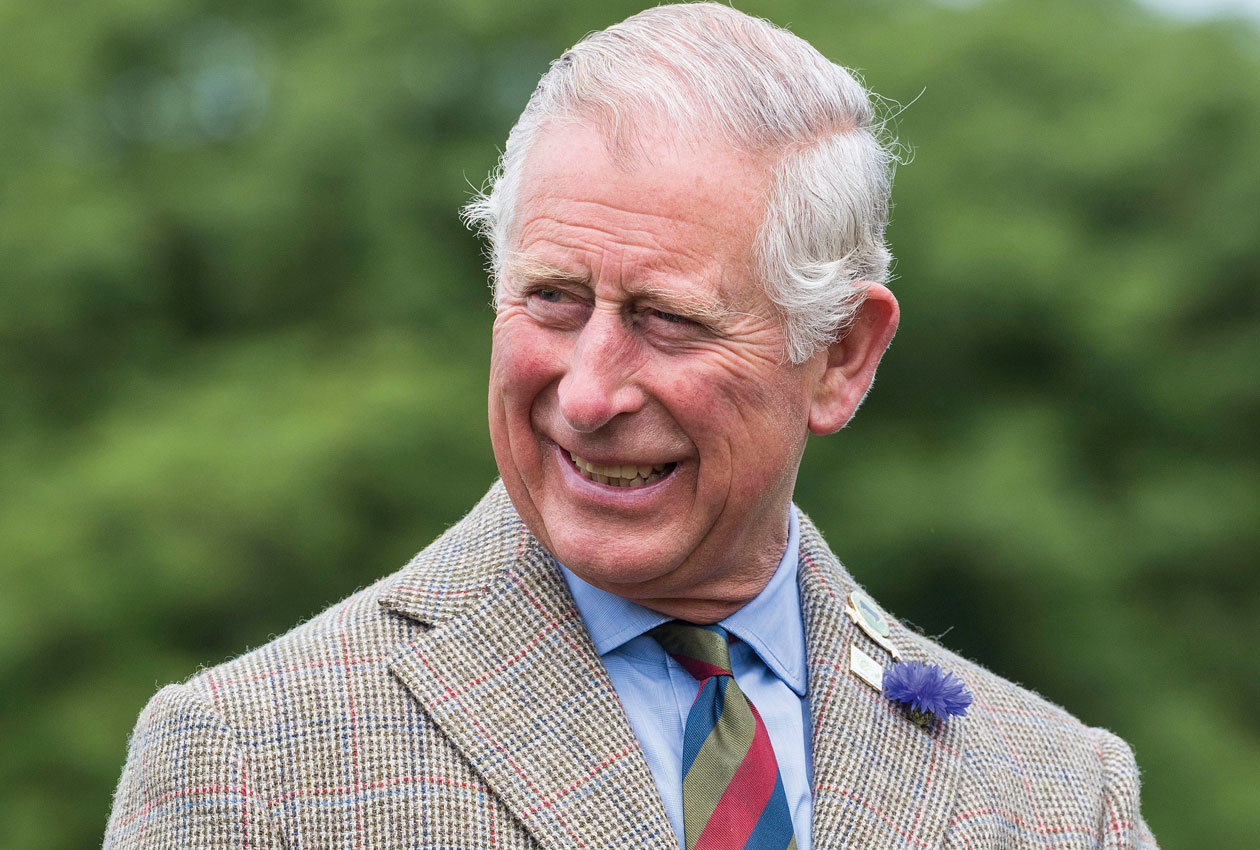
Credit: John Paul Photography / Courtesy of Clarence House
HRH The Prince of Wales: Why we must save the countryside's soul
In his regular birthday message to the countryside, His Royal Highness The Prince of Wales stresses the need for balance
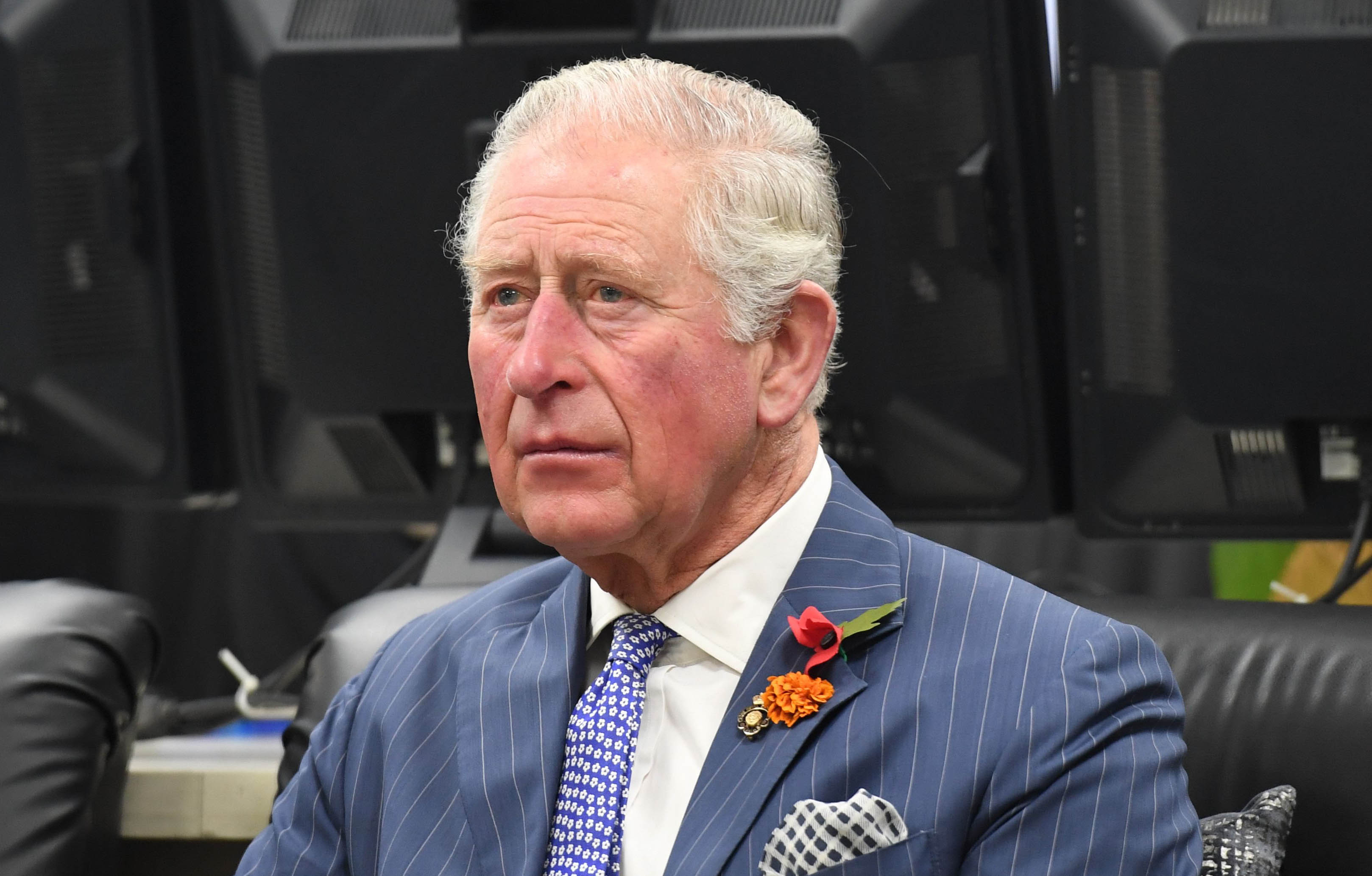
HRH The Prince of Wales: 'We urgently need a fresh, positive and practical vision for the countryside'
In his birthday message, The Prince of Wales applauds efforts to combat climate change and acknowledges the urgent need to
Country Life is unlike any other magazine: the only glossy weekly on the newsstand and the only magazine that has been guest-edited by HRH The King not once, but twice. It is a celebration of modern rural life and all its diverse joys and pleasures — that was first published in Queen Victoria's Diamond Jubilee year. Our eclectic mixture of witty and informative content — from the most up-to-date property news and commentary and a coveted glimpse inside some of the UK's best houses and gardens, to gardening, the arts and interior design, written by experts in their field — still cannot be found in print or online, anywhere else.
-
 Designer's Room: A solid oak French kitchen that's been cleverly engineered to last
Designer's Room: A solid oak French kitchen that's been cleverly engineered to lastKitchen and joinery specialist Artichoke had several clever tricks to deal with the fact that natural wood expands and contracts.
By Amelia Thorpe
-
 Chocolate eggs, bunnies and the Resurrection: Country Life Quiz of the Day, April 18, 2025
Chocolate eggs, bunnies and the Resurrection: Country Life Quiz of the Day, April 18, 2025Friday's quiz is an Easter special.
By James Fisher
-
 Chocolate eggs, bunnies and the Resurrection: Country Life Quiz of the Day, April 18, 2025
Chocolate eggs, bunnies and the Resurrection: Country Life Quiz of the Day, April 18, 2025Friday's quiz is an Easter special.
By James Fisher
-
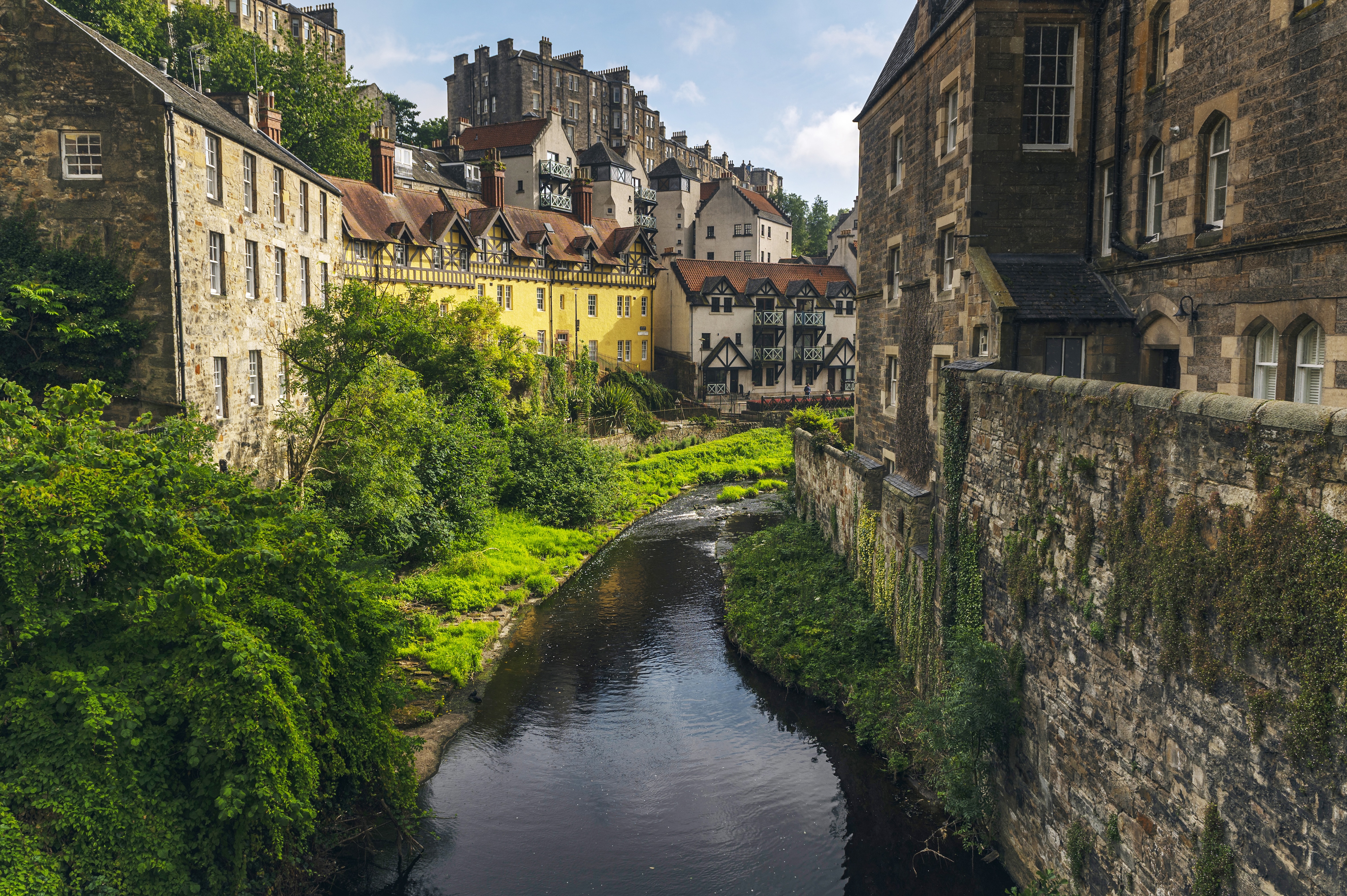 Human teeth, Scottish cities and a visit from Caesar: Country Life Quiz of the Day, April 17, 2025
Human teeth, Scottish cities and a visit from Caesar: Country Life Quiz of the Day, April 17, 2025Thursday's quiz tests your knowledge on a certain Prime Minister's last words, obscure artistic movements and royal weddings.
By Rosie Paterson
-
 The Great Gatsby, pugs and the Mitford sisters: Country Life Quiz of the Day, April 16, 2025
The Great Gatsby, pugs and the Mitford sisters: Country Life Quiz of the Day, April 16, 2025Wednesday's quiz tests your knowledge on literature, National Parks and weird body parts.
By Rosie Paterson
-
 The battle of the bridge, Balloon Dogs and flat fish: Country Life Quiz of the Day, April 15, 2025
The battle of the bridge, Balloon Dogs and flat fish: Country Life Quiz of the Day, April 15, 2025Tuesday's quiz tests your knowledge on bridges, science, space, house prices and geography.
By James Fisher
-
 Jungle temples, pet snakes and the most expensive car in the world: Country Life Quiz of the Day, April 14, 2025
Jungle temples, pet snakes and the most expensive car in the world: Country Life Quiz of the Day, April 14, 2025Mondays's quiz tests your knowledge on English kings, astronomy and fashion.
By James Fisher
-
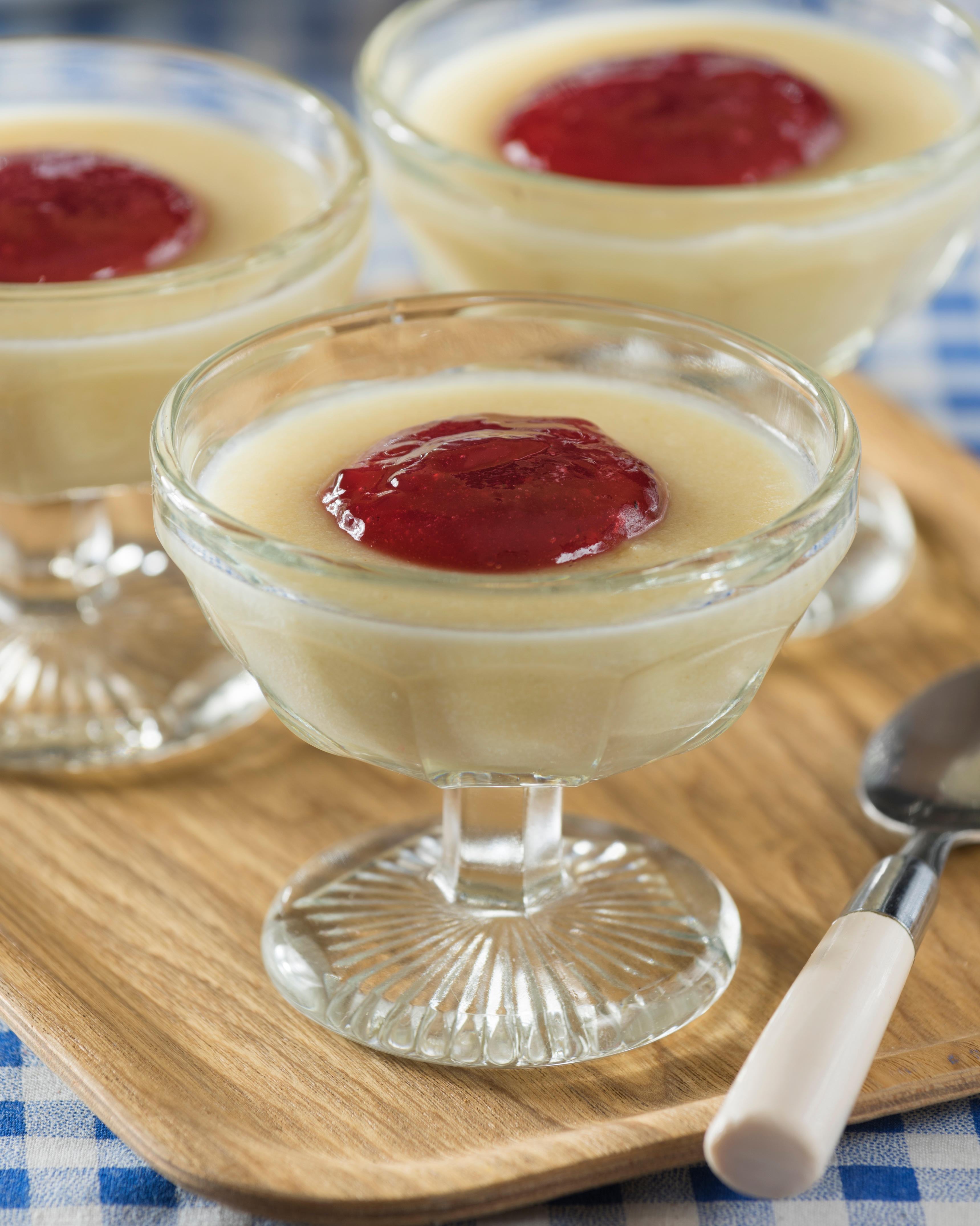 School dinner puddings, Scrabble tiles and Antonio Banderas: Country Life Quiz of the Day, April 11, 2025
School dinner puddings, Scrabble tiles and Antonio Banderas: Country Life Quiz of the Day, April 11, 2025Friday's quiz asks you to name one of Britain's most beautiful places, and ponders the distance of a marathon.
By Toby Keel
-
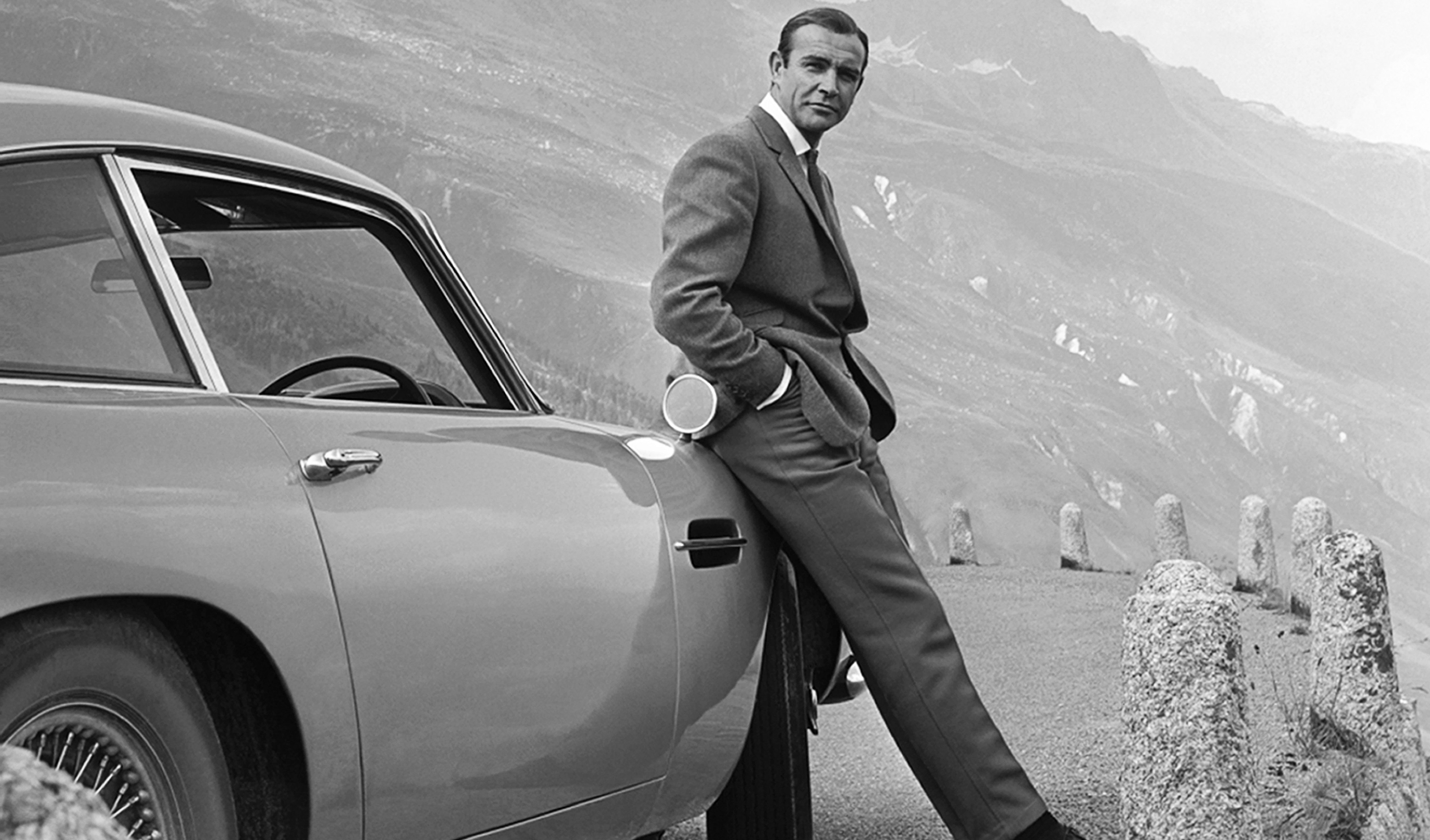 Bond's Aston Martin and Welsh rarebit: Country Life Quiz of the Day, April 10, 2025
Bond's Aston Martin and Welsh rarebit: Country Life Quiz of the Day, April 10, 2025Thursday's quiz celebrates pedestrian crossings and tests your language skills.
By Toby Keel
-
 Scary sharks, the T-Rex and fabulous city views: Country Life Quiz of the Day, April 9, 2025
Scary sharks, the T-Rex and fabulous city views: Country Life Quiz of the Day, April 9, 2025Wednesday's quiz takes in restaurants, beautiful cities and more.
By Toby Keel